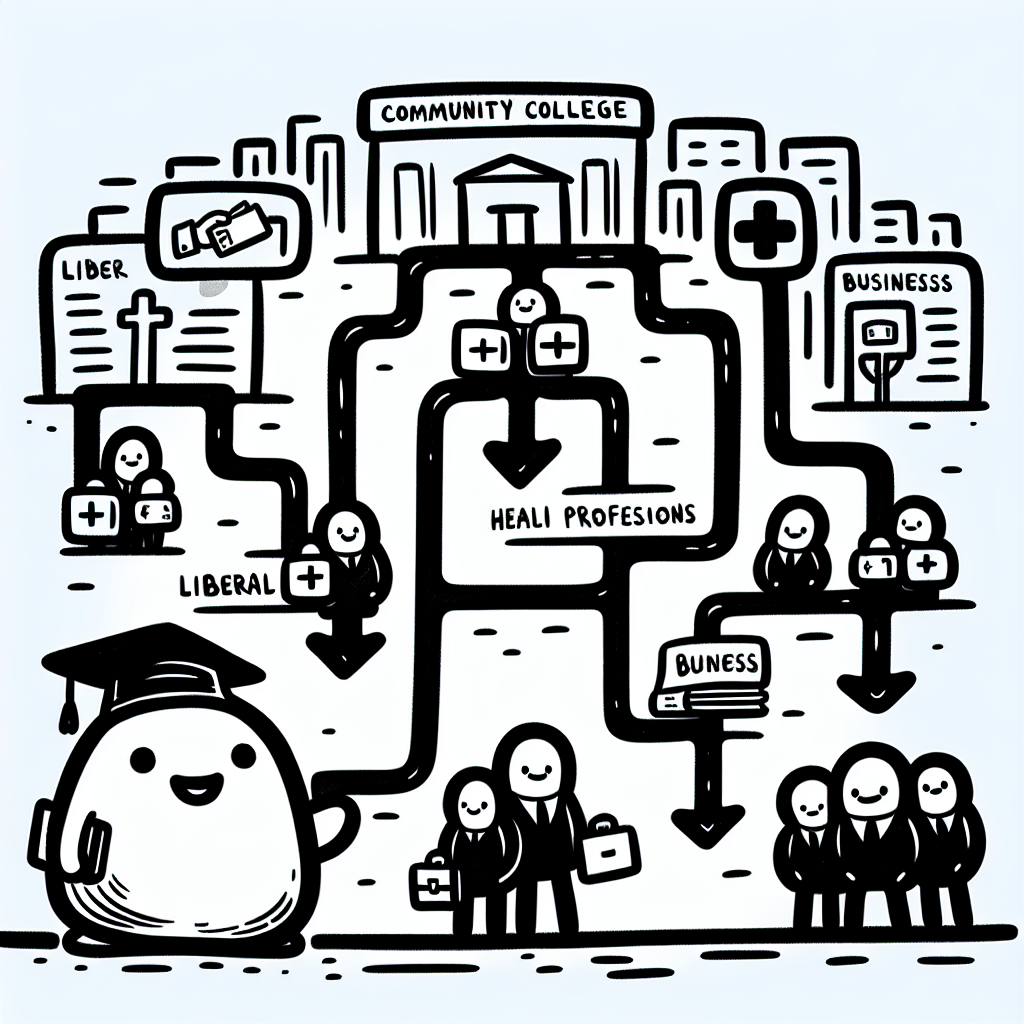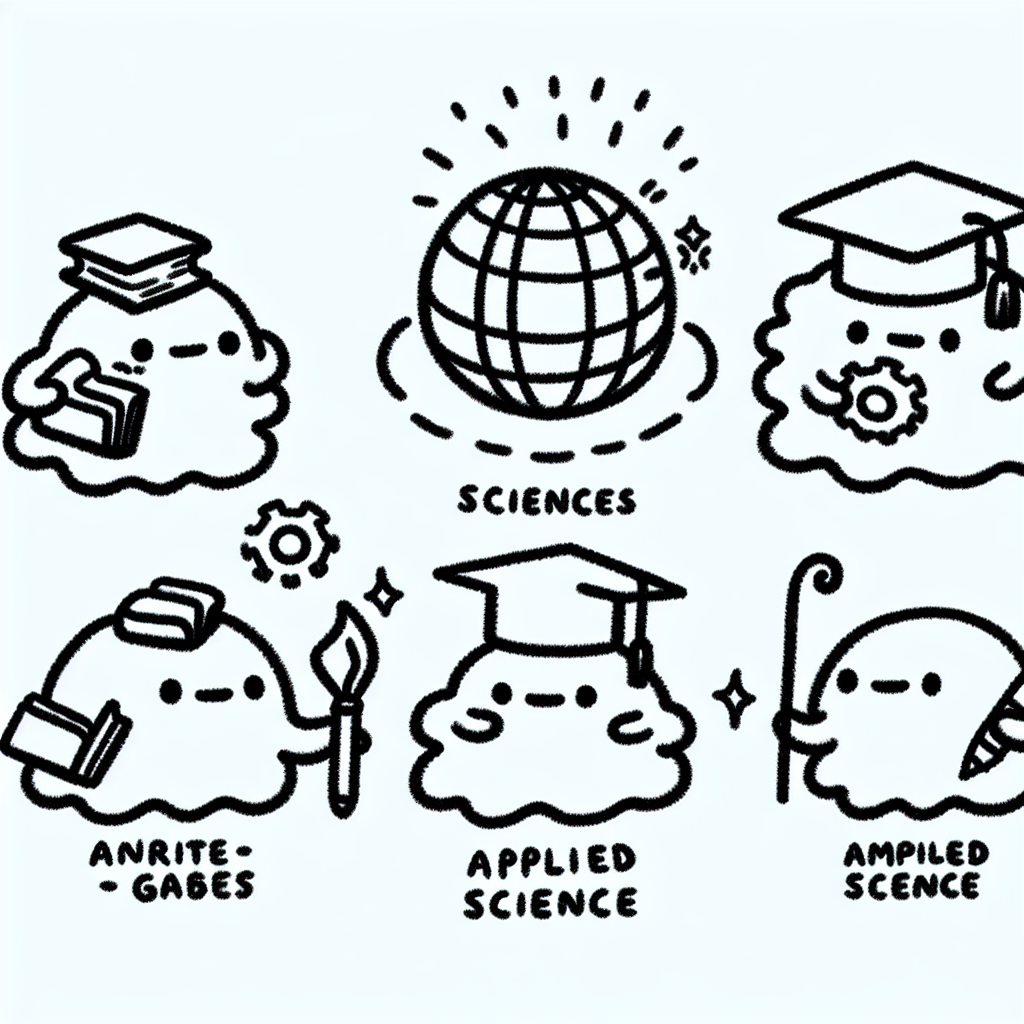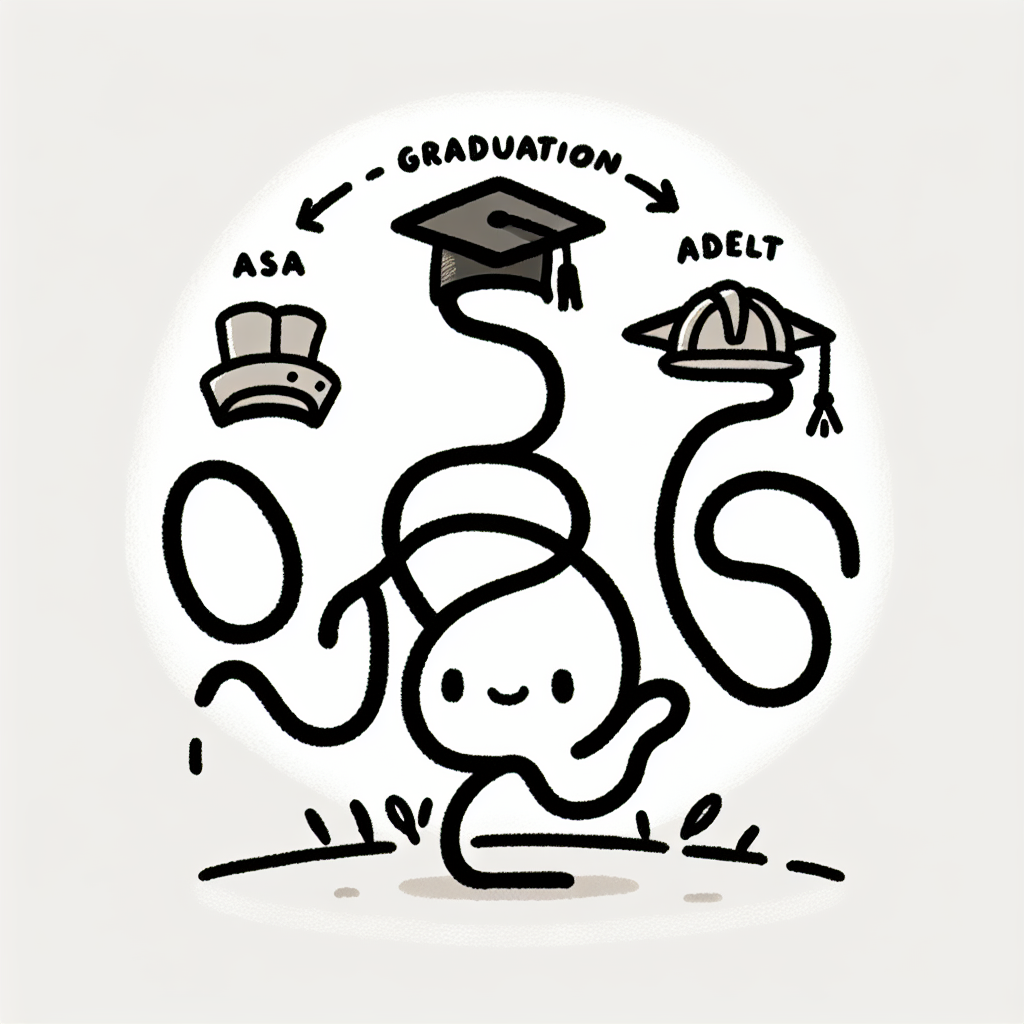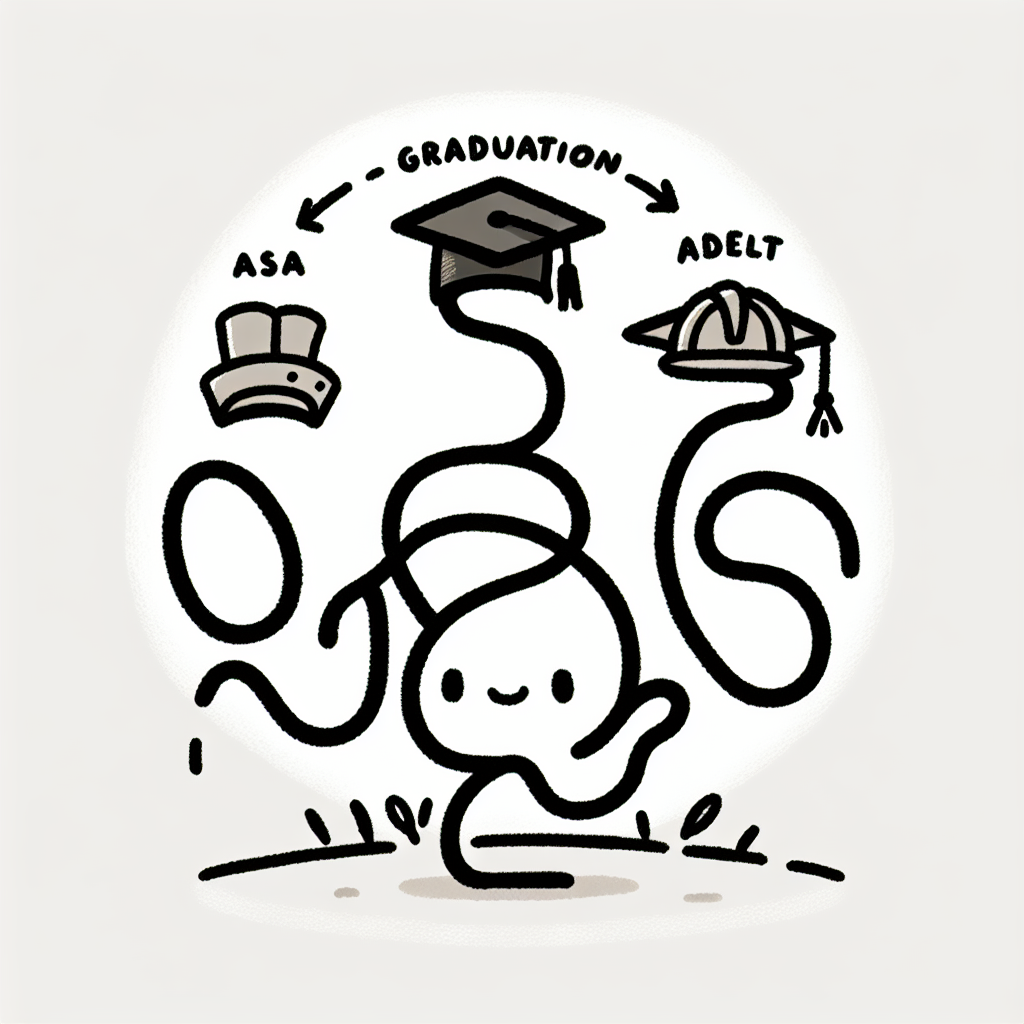Introduction
An associate degree is an undergraduate academic credential awarded after completing a program typically lasting two years. It generally requires the completion of 60 to 65 college credits, which include general education courses alongside major-specific classes.
These degrees are commonly offered by community colleges, technical schools, and some four-year institutions. Community colleges play a central role in providing access to associate degree programs due to their lower tuition rates and local availability.
Many students choose associate degrees because they offer an affordable and quicker path to employment compared to traditional four-year degrees. Additionally, associate degrees often serve as a stepping stone for students planning to transfer to a bachelor’s degree program later on. This flexibility makes them an appealing option for diverse student populations seeking practical, cost-effective education solutions.

National Trends and Statistics
Degree Conferral Overview
In the 2021–22 academic year, U.S. institutions awarded approximately 1.0 million associate degrees, demonstrating the continued relevance and value of this educational credential (NCES). Community colleges were responsible for a significant portion of these awards; in 2020–21, they conferred 859,826 associate degrees (U.S. Department of Education). These figures highlight the accessibility and popularity of various types of associate degrees across the country.
Top Fields of Study
The most common fields of study for associate degrees include liberal arts and sciences, health professions, business, engineering technologies, computer and information sciences, homeland security, and multi/interdisciplinary studies (NCES). These areas reflect the wide range of career paths and academic interests that types of associate degrees can support.
Employment Outcomes
As of October 2024, 78.1% of recent associate degree holders between the ages of 20 and 29 were employed, according to data from the Bureau of Labor Statistics (BLS). Employment rates differed by age group: 84.9% of those aged 20–24 were employed, compared to 64.3% of those aged 25–29. These statistics suggest that types of associate degrees continue to offer strong employment prospects, particularly for younger graduates entering the workforce.

🏷️ Types of Associate Degrees
🎨 Associate of Arts (A.A.)
The Associate of Arts (A.A.) degree focuses on the humanities, social sciences, communication, and liberal arts. It is designed primarily for students who plan to transfer to a four-year institution to continue their education. Common majors within this degree type include Psychology, Sociology, English, and Anthropology.
🔬 Associate of Science (A.S.)
The Associate of Science (A.S.) degree emphasizes natural sciences, mathematics, and technology-related fields. Like the A.A., it is also intended for transfer to a four-year college or university, but it includes more quantitative coursework. Typical majors include Biology, Computer Science, Engineering, and Math.
🛠️ Associate of Applied Science (A.A.S.)
The Associate of Applied Science (A.A.S.) degree offers technical and vocational training aimed at preparing students to enter the workforce directly after graduation. According to the Arkansas Department of Higher Education, the A.A.S. requires a minimum of 15 general education credits and 30–36 technical credits, totaling 60–72 semester hours. Common programs include HVAC, Nursing, Cybersecurity, and Automotive Technology.
👩🏫 Associate of Arts in Teaching (A.A.T.)
The Associate of Arts in Teaching (A.A.T.) degree focuses on education and teacher preparation. It is structured for students who intend to transfer to a four-year institution to pursue teacher certification. Specialized tracks are available for early childhood, elementary, and secondary education.
🧮 Associate of Science in Engineering (A.S.E.)
The Associate of Science in Engineering (A.S.E.) degree is designed for students pursuing pre-engineering coursework. It provides a rigorous foundation in math and science and supports seamless transfer to four-year engineering programs. Howard Community College outlines this path as ideal for engineering majors who want a strong academic start before transferring.

Choosing the Right Associate Degree
Selecting the right associate degree depends on your career goals, educational pathway, and the current demand in various industries. Understanding these factors helps you make an informed decision when exploring different types of associate degrees.
🎯 Based on Career Goals
Your intended career can help determine which degree is best suited for you:
- Associate of Applied Science (A.A.S.) is ideal if you want to enter the workforce immediately after graduation. It provides hands-on training in fields like dental hygiene, automotive technology, and paralegal studies.
- Associate of Arts (A.A.) or Associate of Science (A.S.) degrees are typically designed for students who plan to transfer to a four-year institution. These degrees focus on general education requirements and foundational coursework.
- Associate of Arts in Teaching (A.A.T.) is tailored for those who wish to become educators. It prepares students for teacher certification programs and bachelor’s degrees in education.
- Associate of Science in Engineering (A.S.E.) is structured for students who intend to pursue a bachelor's degree in engineering. It includes rigorous math and science courses aligned with engineering prerequisites.
🏫 Based on Educational Pathway
If you plan to continue your education beyond an associate degree, consider the following:
- Many community colleges have transfer agreements with state universities, allowing students to move into a bachelor's program with junior standing.
- Articulation agreements can provide guaranteed admission to partner institutions, easing the transition process.
- Ensure the program is accredited and that credits are portable to avoid issues when transferring to another school.
💼 Based on Industry Demand
Certain industries actively seek associate degree holders, especially in sectors experiencing rapid growth:
- Healthcare jobs such as nursing, radiologic technology, and medical assisting are in high demand and often require an A.A.S.
- Information Technology careers like network administration and cybersecurity offer strong job prospects with an A.S. or A.A.S.
- Skilled trades including electrical work, HVAC, and welding provide stable, well-paying roles through technical associate programs.
Choosing from the various types of associate degrees requires careful consideration of your goals, academic plans, and market needs. Matching the degree type to your objectives ensures a more efficient and rewarding educational experience.

Benefits of Earning an Associate Degree
💰 Cost-Effectiveness
One of the primary benefits of pursuing an associate degree is its affordability. Tuition at community colleges, where many associate degree programs are offered, is significantly lower than at four-year institutions. This cost advantage allows students to receive a valuable education without the financial burden often associated with bachelor's degrees. As a result, many graduates are able to avoid or minimize student loan debt.
🔄 Flexibility
Associate degree programs are designed with flexibility in mind, making them accessible to a wide range of learners. Many schools offer online, evening, and part-time options, which can accommodate working adults, parents, and others with demanding schedules. In addition, associate degrees often include stackable credentials and certifications, allowing students to build on their education over time or transition into bachelor's degree programs if desired.
📈 Strong Employment Outcomes
Graduates with associate degrees enjoy strong employment prospects, particularly in technical and healthcare fields. According to the Bureau of Labor Statistics, individuals with associate degrees show high employability in key age groups. Many of these roles also offer competitive entry-level salaries, making associate degrees a practical pathway to stable and rewarding careers.

Specialized and Emerging Associate Degrees
🌱 Environmental and Sustainability Studies
Associate degrees in Environmental and Sustainability Studies focus on topics such as green energy, conservation, and environmental science. These programs prepare students for roles in environmental consulting, renewable energy, and natural resource management. As global awareness of climate change grows, this type of associate degree is becoming increasingly relevant.
💻 Cybersecurity and Information Assurance
Cybersecurity and Information Assurance associate degrees are designed to meet the growing demand for skilled professionals in both the public and private sectors. These programs cover network security, ethical hacking, and data protection. Due to the rise in cyber threats, this type of associate degree is highly sought after by employers across industries.
🚓 Homeland Security
Homeland Security associate degrees train students in areas such as law enforcement, emergency management, and public safety. Graduates often pursue careers with federal agencies, local police departments, or emergency response teams. This type of associate degree is ideal for individuals interested in national security and disaster preparedness.
🎮 Digital Media and Game Design
The Digital Media and Game Design associate degree combines elements of art, design, and technology. Students learn about 3D modeling, animation, and interactive media development. This type of associate degree prepares graduates for creative roles in game development, multimedia production, and digital marketing.

Associate Degree vs. Other Credentials
Associate Degree vs. Certificate Programs
When comparing types of associate degrees to certificate programs, one of the main differences is the number of credit hours required. Associate degrees typically require around 60 credit hours, while most certificate programs require significantly fewer. This means associate degrees take longer to complete but offer a broader educational experience.
Another key distinction is the inclusion of general education courses. Associate degrees usually incorporate subjects like math, English, and science, providing a well-rounded academic foundation. Certificate programs, on the other hand, are more focused on specific job skills and tend not to include general education coursework.
Associate Degree vs. Bachelor’s Degrees
Among the types of associate degrees, all share the advantage of being quicker and more affordable than a bachelor's degree. While a bachelor’s degree often takes four years to complete, an associate degree can typically be earned in two years or less. This makes it a faster path to entering the workforce or continuing education.
Associate degrees can also act as a stepping stone to a four-year degree. Many students begin with an associate degree and then transfer to a university to complete a bachelor’s program, often saving money in the process.
However, bachelor’s degrees offer more academic depth and specialization. They usually require more advanced coursework and provide deeper knowledge in a specific field, making them more suitable for certain professional or academic careers.

Conclusion
Associate degrees are versatile credentials that serve a broad spectrum of learners, from recent high school graduates to working adults seeking career advancement. They provide accessible entry points into both higher education and the workforce, often requiring less time and financial investment than a traditional four-year degree.
Understanding the different types of associate degrees—such as Associate of Arts (AA), Associate of Science (AS), and Associate of Applied Science (AAS)—is essential for making informed educational decisions. Each type serves distinct goals, whether transferring to a bachelor's program or entering a specific career field directly. By recognizing the purpose and benefits of each, students can align their educational paths with their personal and professional objectives.

📚 Additional Resources
To learn more about the different types of associate degrees and their relevance in today’s educational and job markets, the following resources provide valuable data and insights:
- National Center for Education Statistics (NCES): Offers detailed statistics on associate degree attainment and trends across the United States.
- U.S. Department of Education: Provides an overview of community college programs, including information on the types of associate degrees available.
- Bureau of Labor Statistics: Shares employment data related to recent associate degree recipients, helping to assess the value of different degree types in the workforce.
- Arkansas Department of Higher Education: Lists and explains the types of associate degrees offered in Arkansas, which can serve as a reference point for understanding program structures.
- Howard Community College: Details the various associate degree and certificate options available at a community college level, illustrating how degree types are implemented in practice.














